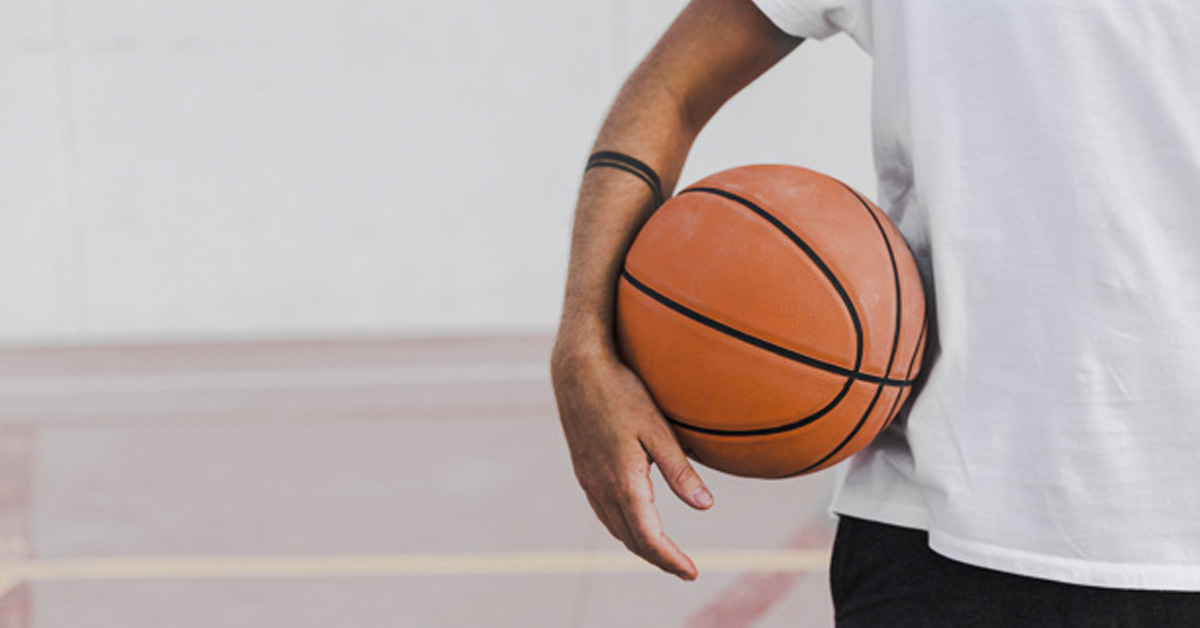
5 Common Basketball Injuries
Basketball is one of the most popular sports in the world, and for good reason. It's fun, challenging and fast paced. But playing requires quick movements that, without certain precautions, can result in injury. Here are five of the most common basketball injuries and how you can avoid them:
Ankle Sprains
Ankle sprains happen when one or more ligaments in the ankle stretch or tear from suddenly bearing an unexpected force. This can happen if a person makes a sudden twisting motion, receives a blow to the ankle, or steps on an uneven surface. The two most common types of sprain that occur in basketball are lateral inversion and medial inversion. Lateral inversion occurs when the foot rolls outward, which injures the ligaments on the lateral, or outside, or the ankle. Medial inversion occurs when the foot rolls inward, which hurts the inside, or medial, ligaments. Symptoms of ankle sprains vary according to the degree of the sprain, ranging from mild pain, bruising, and trouble walking with a first degree sprain to severe pain and mobility loss with a third degree sprain. The best way to prevent ankle sprains is to adhere to a stretching and training regimen.
Overuse Injuries
Overuse injuries occur when an action is repeated that puts pressure on tissue, muscles or joints. If the body is not allowed to rest or heal, it can result in pain for the player now and later in life. If left untreated, this can become an issue like tendonitis, where the tendons become inflamed. Basketball players can avoid this by stretching, resting, and staying hydrated.
ACL Injury
The anterior cruciate ligament, or ACL, is one of four primary ligaments that hold the knee together. Ligaments are tissue that connect and hold bones together to provide stability in the knee. The ACL is located inside the knee joint, running diagonally in the middle of the knee and connecting the bottom of the thigh bone, or femur, to the top of the lower leg bone, or tibia. It is in charge of rotational stability in the knee, but it also prevents the tibia from sliding forward in front of the femur.
Injury to the ACL can happen in basketball if the knee is hyperextended or forced to twist abnormally, whether from suddenly changing direction or stopping, slowing down while running, incorrectly landing while jumping, or direct contact or collision.
Meniscus Tear
The quick movements in basketball can put a lot of stress on knees. This can damage the cartilage in the knee. The meniscus is a C-shaped piece of cartilage in the knee. There are two menisci in each knee joint, the medial meniscus on the inner side and the lateral meniscus on the outer side the knee joint. These provides stability and protection to the knee, but if they're torn, problems can occur. Symptoms vary depending on how and where the meniscus is torn, but symptoms can include pain, instability or feeling the knee giving, stiffness, swelling, and an impaired range of motion. Players can avoid this by keeping healthy with a stretching regimen, proper hydration and nutrition, and rest.
Muscle Strain
Muscle strain is what occurs when a muscle is pushed past its limit. Severe muscle strain can cause the muscle to pull, or worst case, can cause a muscle tear. Muscle strains are graded according to severity, from a mild and relatively quick healing grade 1 strain to a grade 3 strain, which is a complete muscle tear. Strains happen when a muscle or tendon is suddenly stretched beyond its normal capacity, whether due to an impact or a sudden load. Basketball players are especially susceptible to muscle tears in calves. This can be avoided with stretching and strength building exercises.

